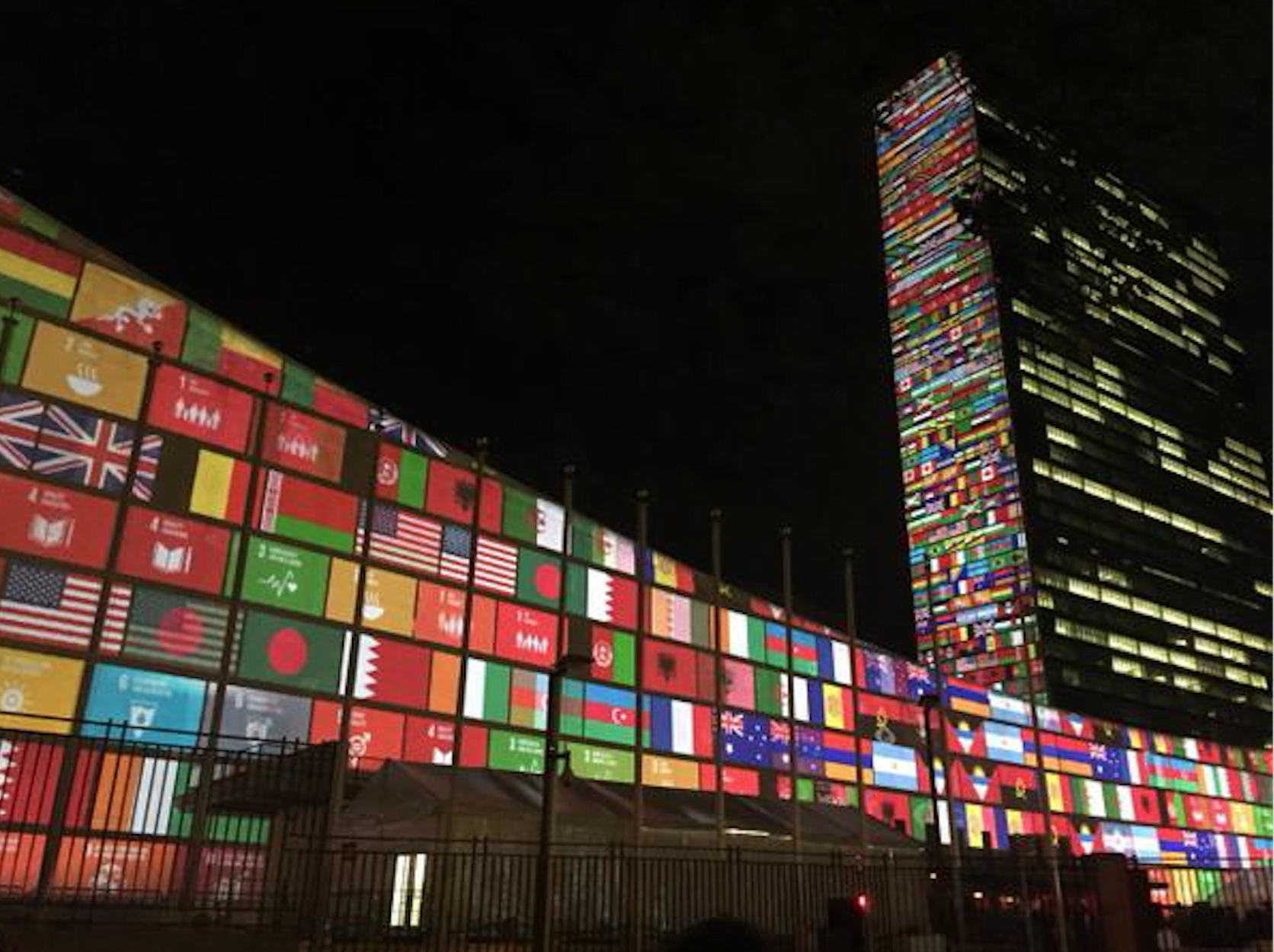It’s been less than one year since the Sustainable Development Goals came to life. And already, there is evidence that governments are taking them seriously.
The Sustainable Development Goals were signed by heads of state at a UN summit last September and officially came into force on January 1 this year. They are a set of 17 goals that commit the world to end poverty and hunger, curb preventable diseases, promote maternal and child health, boost energy production and ensure that the benefits of economic development reach the farthest corners of the earth–all in a sustainable, climate neutral way. The target date is 2030.
All this week at the United Nations, there is a flurry of activity by governments, civil society and the private sector that demonstrate that even before its first birthday, the SDGs are fundamentally changing how the international community is approaching the fight to end extreme poverty and promote sustainable development.
A New Kind of UN Meeting
The convening is something called the “high level political forum” on the implementation of the SDGs. This is essentially a week long meeting where different sectors come together to plot strategies and form partnerships to tackle specific issues under the umbrella of the SDGs. But unlike most UN meetings, this is not a member state dominated affair. Civil society and the private sector are there at every turn, and this forum provides a formal mechanism in which NGOs can report their activities toward the achievement of the SDGs.
The high level political forum–HLPF for short–is a new kind of UN confab, and one that will form the centerpiece of global efforts to ensure that the promises embedded in the Sustainable Development Goals are lived up to. In part, that is because the SDGs are a new kind of agreement. They are universal, but they are also voluntary. No authority is forcing countries to implement the 2030 agenda, so it is up to governments, civil society and the UN to create a kind of peer pressure that entices broad participation. These kinds of meetings are the inflection points around which stakeholders can ensure that governments are living up to the promise they made by signing onto the SDGs.
“We have to make sure that the Sustainable Development Goals become part of the national policy dialogue,” says Thomas Gass, Assistant Secretary-General, United Nations Department of Economic and Social Affairs. “That they become part of the discussion in municipalities, in parliaments, in budgets, and part of the legal framework of countries.”
To that end, one of the center pieces of this forum are country “reviews,” in which countries present their implementation plans for the SDGs and accept input and questions from other governments and civil society. This is something like a peer review, but its also a forum to share best practices and discuss strategies about how to implement the SDGs at the local and national levels.
22 countries are submitting to a review this week. One of them is Mexico and in an interview before his country’s review, UN Ambassador Juan José Gomez Camacho described how Mexico is undertaking some internal bureaucratic shifts to meet its obligations under the SDGs. “We area allocating all…targets, making sure that each has a parent institution in Mexico to make sure they are fulfilled,” says Ambassador Camacho. “We aligning institutions in order to work on indicators to analyze and assess all public policy, budgets and programs in the country to see that they are coherent with the 2030 agenda.” This includes, says Camacho not just changing federal bureaucracies, but working at the state and local levels to develop mechanisms to implement the SDGs.
The USA is also participating in this week’s meeting. It is being represented by a top official at USAID, Anthony Pippa, who said in a press call that the US government’s priorities for this meeting was to mobilize partnerships in which private capitol can be summoned for sustainable development. The meeting at the UN this week also coincides with a White House summit on global development on Wednesday in which much of the US government’s approach to the SDGs will be laid out in greater detail.
A ‘Paradigm Shift’
The UN meeting this week is significant because ultimately, success or failure of the SDGs depends on the extent to which governments embrace the SDGs as an organizing principle around which to create policy. Though less than one year into the 2030 agenda, it seems that things are off to a good start.
“The fact that we are having the HLPF in itself reflects remarkable progress,” says Amb. Camacho. “This progress comes from the fact that countries, willingly, are deciding to come forward to the UN and discuss their own social programs, to discuss their own development challenges, discuss the measures to confront these challenges. This reflects a huge change in mentality,” he says.
“That’s why we believe the whole 2030 agenda is a paradigm shift in the way that we countries are used to experiencing development.”
That that ‘shift,’ it would seem, is already well underway.
